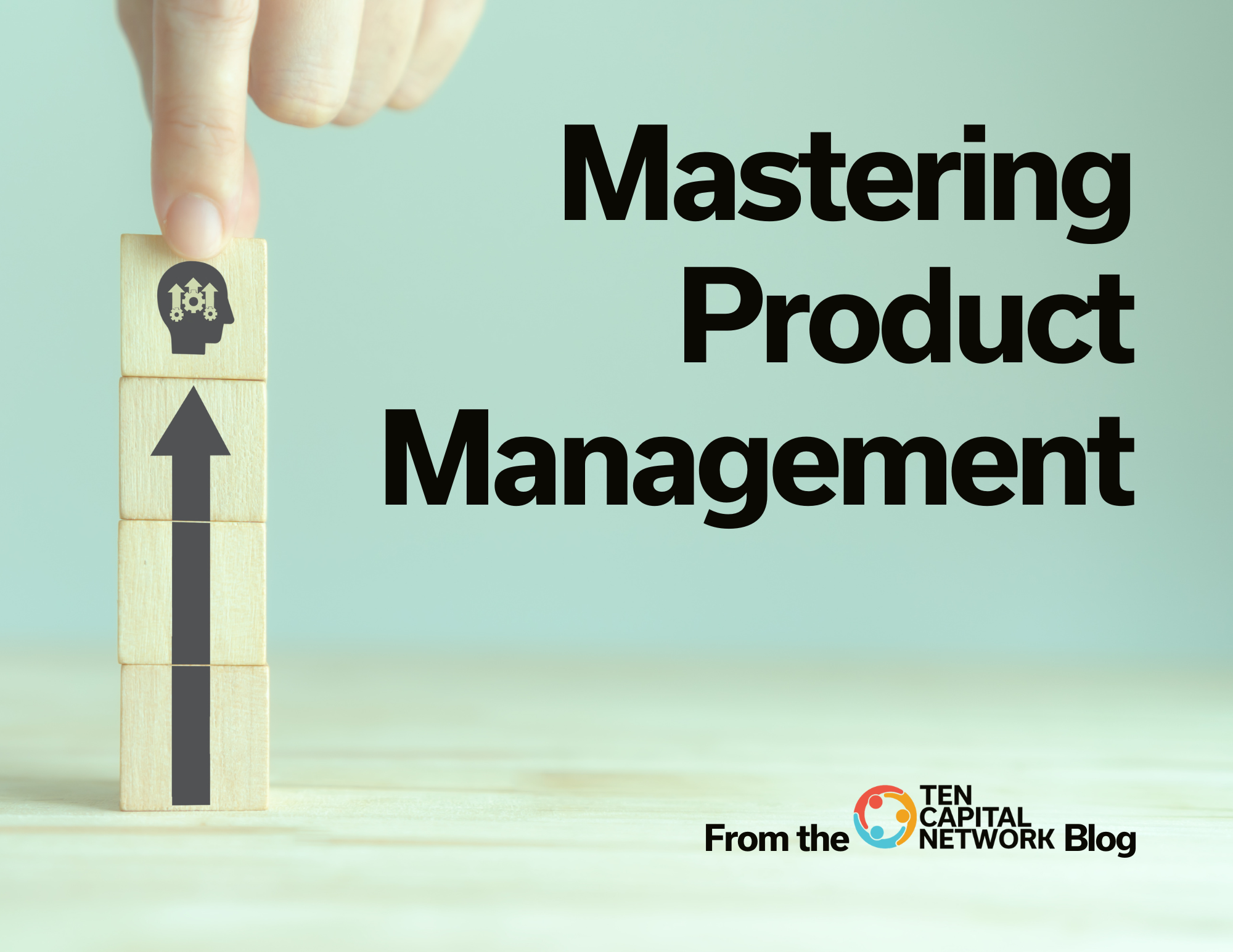2 min read Writing an Elevator Pitch
In pitching your startup for funding, you’ll find many opportunities to engage investors. However, not all opportunities will provide substantial time and attention to investors. Develop an elevator pitch for those times when you have only a few moments to capture the investors’ interest.
In this article, we break down the elevator pitch for you. What is it? What’s the best way to write it? And how do you clean it up to make it sound as professional as possible? Read on below to find out.
What Is an Elevator Pitch?
An elevator pitch is best used when engaging investors in situations where the slides are not available and the time is short. It’s useful for setting up a more formal presentation by giving the investor a reason to take the meeting. In addition, the elevator pitch demonstrates you have a startup that is worth exploring for an investment.
This pitch is most often used when being introduced to an investor by a mutual connection, meeting someone at a networking event, and during online meetings when participants are asked to introduce themselves and say a few words about their company.
The key to a good elevator pitch is to generate interest from the listener and make them want to learn more. Since there’s not enough time to tell the listener everything, you need to focus on two or three key points.
Start with the problem you are solving and how it’s a big pain point. Then, show how you solve the problem, how it benefits the customer, and wrap up with a high-level version of your fundraising ask. You should use keywords and phrases to communicate the value propositions you have in your deal.
Don’t rush the pitch, and talk naturally. Practice makes perfect.
The Intro
In crafting an elevator pitch, the intro is the most important part. You must grab their attention and make them want to hear more.
Start with a problem and show how big and costly it is. Generate curiosity in the listener by telling them you have a solution to that problem. Finally, demonstrate your solution to the problem and the benefits that come out of it.
Use numbers to strengthen your case. Numbers demonstrate your knowledge of the problem itself. Investors will ask questions, so be prepared with short, to-the-point, answers.
If by chance they don’t ask any questions, then you should ask a question to continue the conversation.
Best Practices
Before delivering your pitch, learn something about your audience. What are their care abouts? What motivates them? Customize your pitch for your audience.
Don’t try to tell them everything. Instead, tell them just enough. Focus on the benefits of your product or service and not the features, and capture their attention with a question or problem description.
Describe your solution in one sentence. At the end, set up your follow-up by offering to send them more information or set up a call to discuss in more detail.
Write out your elevator pitch and replace the filler words with more descriptive words. Wordsmith the pitch so it’s tight and flows well. Practice it so you know it by heart and can customize it when necessary.
It’s important to take time to craft a good elevator pitch.
Polishing It Off
Here are some key points to consider:
- Start with the problem you are tackling and how big and costly it is.
- Make it easy for the investor to grasp what you are doing.
- Say what you do in just one sentence.
- Investors need context and will find it difficult to follow until they know what you do.
- Avoid telling a story in your elevator pitch as there’s not enough time. Instead, just give them the conclusion.
- Some founders believe the investor can’t understand the startup unless they know the technology or science behind it. Avoid going into the details of how the product works. Focus in short order on the benefits of it.
- Founders often suffer from the curse of knowledge. They know everything about their work and implicitly assume the investor knows more than they actually do.
Read more in the TEN Capital eGuide: https://www.startupfundingespresso.com/closing-the-investor/

Hall T. Martin is the founder and CEO of the TEN Capital Network. TEN Capital has been connecting startups with investors for over ten years. You can connect with Hall about fundraising, business growth, and emerging technologies via LinkedIn or email: hallmartin@tencapital.group





